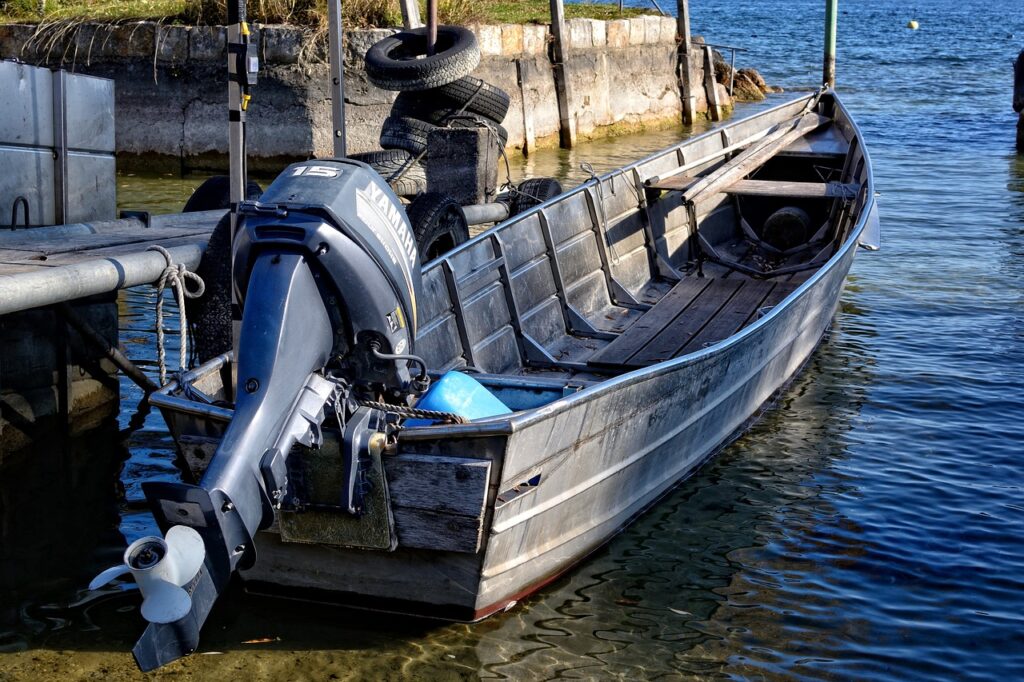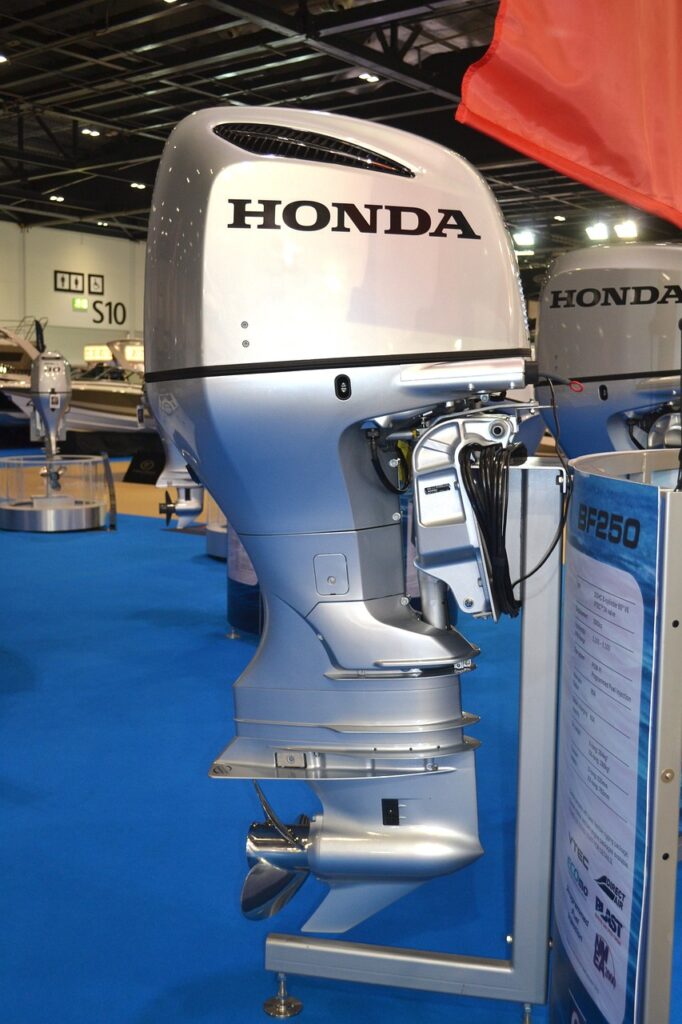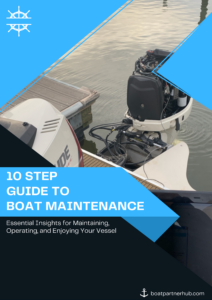Blog
Boat Inspections: The Expert's Guide to Evaluating a Pre-Owned Boat

Unlocking the Secrets of Boat Inspections: Your Expert Guide to Evaluating a Pre-Owned Boat
If you’re considering purchasing a pre-owned boat, conducting a comprehensive inspection is vital before finalizing the deal. Opting for a used boat can be a cost-effective way to acquire a high-quality vessel, but without a thorough evaluation, potential hidden problems may lead to unexpected expenses in the future. In this expert’s guide, we will take you through the essential steps of assessing a pre-owned boat, empowering you to make an informed decision and maximize your investment wisely.
1. Start with the Exterior
The first step in the boat inspection process is to carefully examine the boat’s exterior. Check for any signs of damage, such as cracks, scratches, or dents. Focus on the hull, as it is essential for the boat’s structural integrity. Look for any visible repairs or patches, which may indicate previous damage.
2. Assess the Interior
Moving on to the interior, inspect the boat’s seating, flooring, and overall condition. Look for signs of wear and tear, mold, or water damage. Pay attention to the upholstery and ensure that it is in good shape. Issues with the interior can be costly to repair, so it’s crucial to identify them early on.
3. Check the Engine
The engine is the heart of the boat, and a malfunctioning engine can lead to significant problems on the water. If you are not well-versed in boat engines, consider hiring a qualified mechanic to inspect it thoroughly. Look for any leaks, strange noises, or excessive smoke when the engine is running.
4. Review Maintenance Records
Ask the seller for the boat’s maintenance records. Regular maintenance is essential for a boat’s longevity and performance. A well-documented service history indicates that the previous owner took good care of the vessel. On the other hand, a lack of maintenance records might be a red flag.
5. Test the Boat on Water
Always take the boat for a test run on the water if possible. This step is crucial to evaluate the boat’s performance, handling, and any potential issues that may not be apparent when it’s docked. Pay attention to how the boat accelerates, steers, and handles rough waters.
6. Inspect Electrical Systems
Check all electrical systems, including lights, navigation equipment, and electronic displays. Malfunctioning electrical components can be hazardous and expensive to fix. Make sure all switches and controls are in proper working condition.
7. Look for Signs of Moisture
Moisture intrusion is a common issue with boats and can lead to severe problems like rot and mold. Use a moisture meter to check for high moisture levels in the fiberglass, especially around the transom and deck areas.
8. Examine the Steering and Controls
The boat’s steering system should be smooth and responsive. Check the controls for any signs of damage or stiffness. Proper steering and control mechanisms are crucial for safe and enjoyable boating experiences.
9. Consider a Marine Survey
If you want a comprehensive evaluation of the boat’s condition, consider hiring a qualified marine surveyor. A marine survey involves a detailed inspection, and the surveyor will provide you with a comprehensive report on the boat’s condition and value.
10. Negotiate the Price
Armed with the knowledge from your inspection, you can now negotiate the price based on any identified issues or required repairs. Be prepared to walk away if the seller is not willing to address significant concerns or adjust the price accordingly.
Conclusion
Evaluating a pre-owned boat is a critical process that requires attention to detail and expertise. By following this expert’s guide, you can make an informed decision, identify potential problems, and negotiate with confidence. Remember that investing time and effort into a thorough boat inspection will pay off in the long run, ensuring that you enjoy many safe and memorable voyages on your new vessel. Happy boating!





